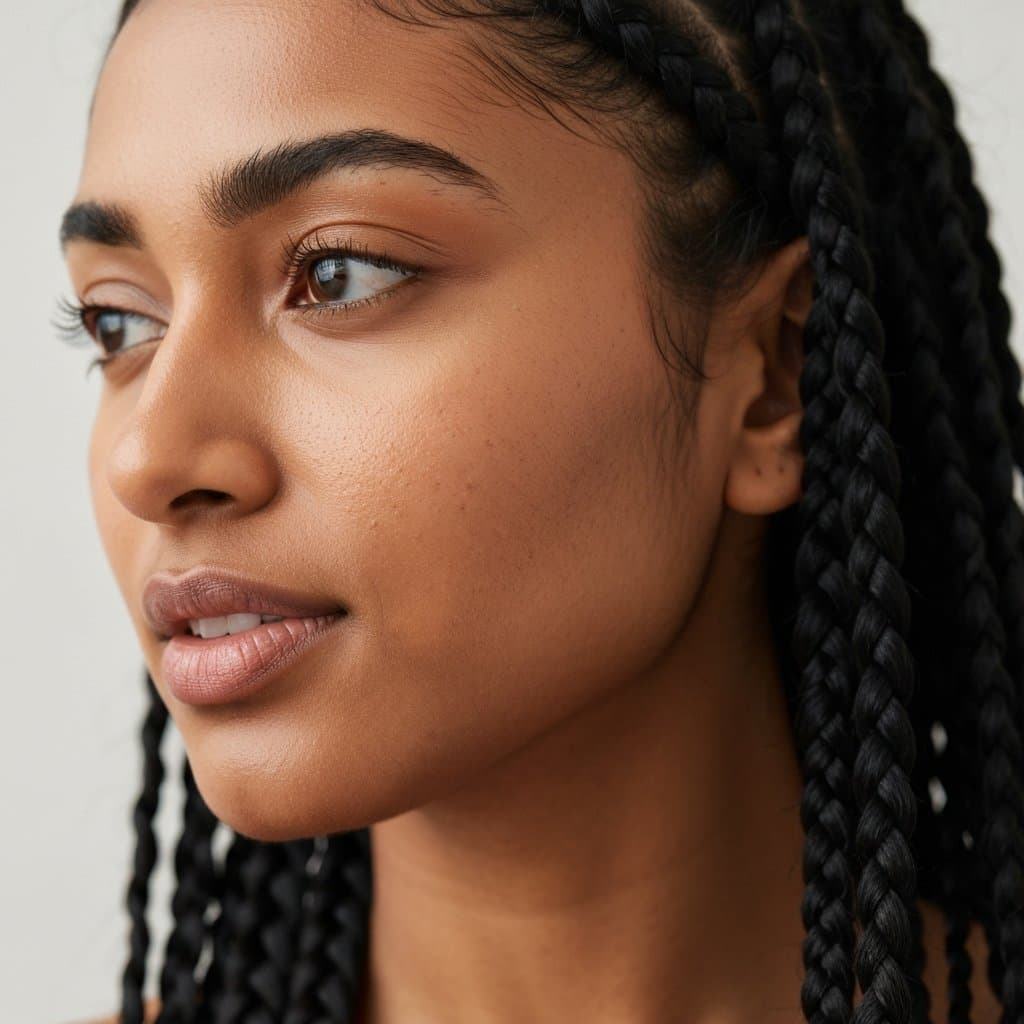Braid Power: 20 Braided Hairstyles for Every Hair Type | Your Ultimate Guide
The Timeless Allure of Braided Hairstyles
Braids are more than just a hairstyle; they are a timeless art form, a cultural statement, and one of the most versatile ways to style hair. From ancient civilizations to modern runways, braided hairstyles have remained a symbol of strength, elegance, and intricate beauty. Their enduring popularity stems from their incredible adaptability. Whether you have long, flowing locks, a chic bob, fine, straight strands, or a glorious crown of coily curls, there is a braid that can elevate your look, protect your hair, and express your personal style. This guide explores the incredible world of braids, showcasing 20 distinct styles perfect for any occasion, season, or hair type.
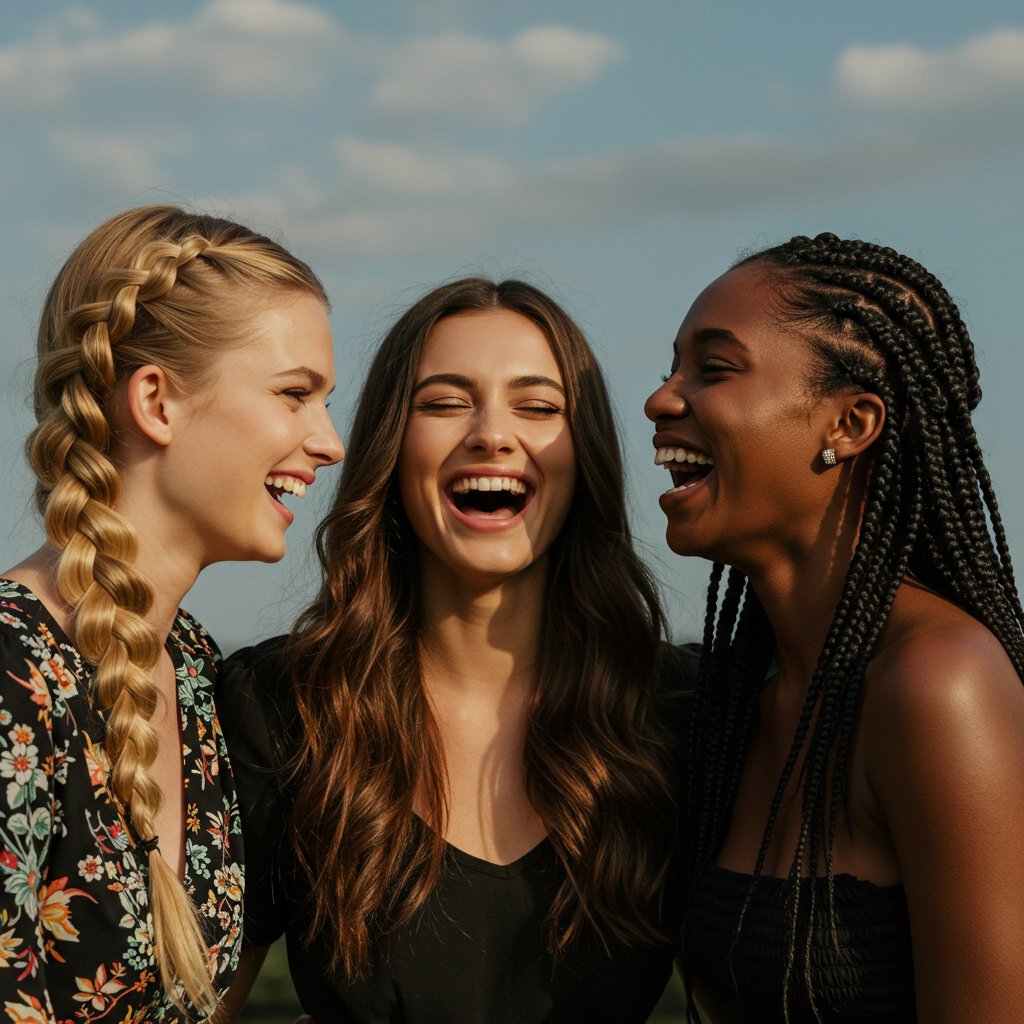
This comprehensive look at braided hairstyles will take you from the fundamentally classic to the daringly modern. We'll explore elegant updos, practical protective styles, and simple braids that can be done in minutes. Understanding the techniques and suitability of different braids for your hair type is key to unlocking their full potential. Prepare to be inspired by the power and versatility of braids and find the perfect style to try next, whether you're visiting a professional salon for an intricate design or mastering a new technique at home.
Classic & Timeless Braids: The Foundation of Style
The world of braiding begins with a few core techniques that have been passed down through generations. These classic braids are the foundation upon which countless other styles are built. They are elegant, versatile, and relatively easy to master, making them perfect for everyday wear, formal events, and everything in between. Their simple sophistication ensures they never go out of style.

1. The French Braid
An icon of elegance, the French braid is an underhand braid where you add new sections of hair to each strand as you work your way down. The result is a smooth, seamless braid that sits flat against the head. It's perfect for managing long hair, keeping it neat and tidy for work or sports. For a softer, more romantic look, gently pull on the edges of the braid (a technique called 'pancaking') to add volume and texture. This style works beautifully on medium to long hair with minimal layers.2. The Dutch Braid (or 'Inverted French Braid')
If the French braid is sleek and subtle, the Dutch braid is its bold, three-dimensional counterpart. The technique is the reverse of the French braid—you cross the strands under each other instead of over. This makes the braid pop off the scalp, creating a prominent, raised effect. Dutch braids are fantastic for creating statement looks like double braids (boxer braids) or a dramatic braided crown. They are particularly effective on thicker hair, as they showcase volume and texture beautifully.3. The Fishtail Braid
Delicate and intricate, the fishtail braid looks far more complicated than it actually is. It uses only two strands of hair, with small pieces from the outside of each section being crossed over to the inside of the opposite section. The result is a stunning herringbone pattern that is both bohemian and chic. A slightly messy, deconstructed fishtail braid is perfect for festivals or a casual weekend look, while a sleek, tight version can be incredibly elegant for a formal event. It works best on long hair, as the pattern needs length to truly shine.Protective Braided Hairstyles for Natural & Textured Hair
For those with natural, coily, or kinky hair, braids are not just a style choice—they are a crucial tool for hair health. Protective braided hairstyles tuck away the ends of the hair, shielding them from environmental damage, breakage, and over-manipulation. These styles can last for weeks, promoting hair growth and retention when installed and maintained correctly by an experienced stylist.
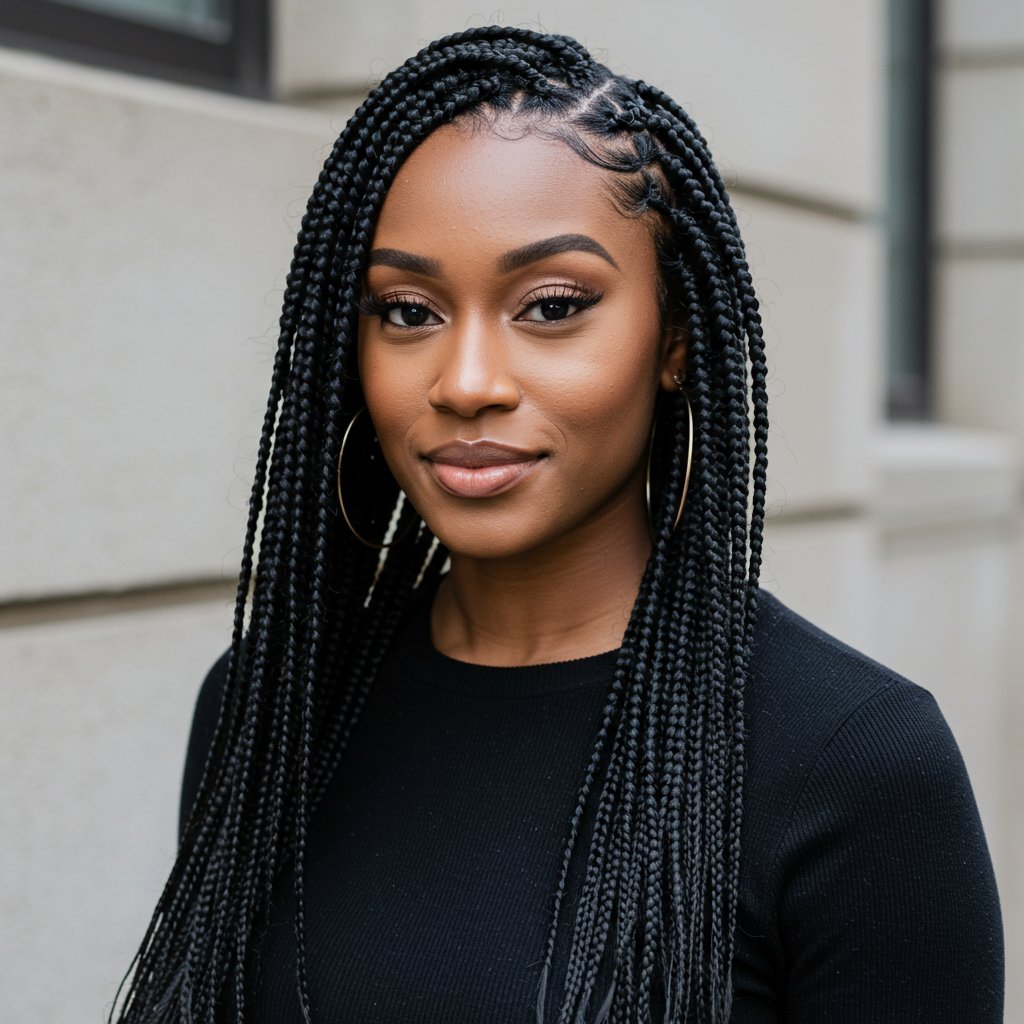
4. Box Braids
The quintessential protective style, box braids are created by sectioning the hair into squares (or 'boxes') and braiding synthetic hair extensions into the natural hair. This adds length, volume, and a pop of color if desired. Box braids are incredibly versatile; they can be styled in buns, ponytails, or simply worn down. They can be created in various sizes, from micro to jumbo, to suit individual preferences. Proper maintenance, including moisturizing the scalp and cleansing regularly, is key to keeping both the hair and the style looking fresh.5. Cornrows
Cornrows are braids created very close to the scalp, using an underhand, upward motion to create a continuous, raised row. The name comes from their resemblance to rows in a cornfield. Cornrows can be simple and straight back or designed into intricate, geometric, and swirling patterns. They are a fantastic base for wigs and weaves or can be a stunning style on their own. This style works for all hair lengths, including very short hair, and is a powerful form of cultural expression.6. Fulani Braids (or 'Tribal Braids')
Inspired by the Fula people of West Africa, Fulani braids are a distinctive style characterized by a pattern of thin-to-medium cornrows braided from front to back, with a central cornrow braided down the middle of the head. Often, braids are also looped or hung at the sides, and the style is frequently adorned with beads, rings, or other accessories. This style is a beautiful celebration of heritage and offers a unique, eye-catching look.7. Knotless Braids
A modern evolution of traditional box braids, knotless braids begin with your natural hair and gradually feed in the braiding hair. This eliminates the tight knot at the scalp, resulting in a braid that is lighter, more flexible, and puts significantly less tension on the hair follicles. This makes them a more comfortable and hair-friendly option, reducing the risk of traction alopecia. They offer a flatter, more natural-looking start at the root and are just as versatile as their traditional counterparts.Romantic & Ethereal Braids for Special Occasions
When the occasion calls for something truly special, romantic braided hairstyles offer an unparalleled sense of whimsy and elegance. These styles often incorporate soft textures, gentle curves, and floral or jeweled accessories, making them a popular choice for weddings, proms, and formal galas. They have a timeless, fairy-tale quality that is both breathtaking and sophisticated.
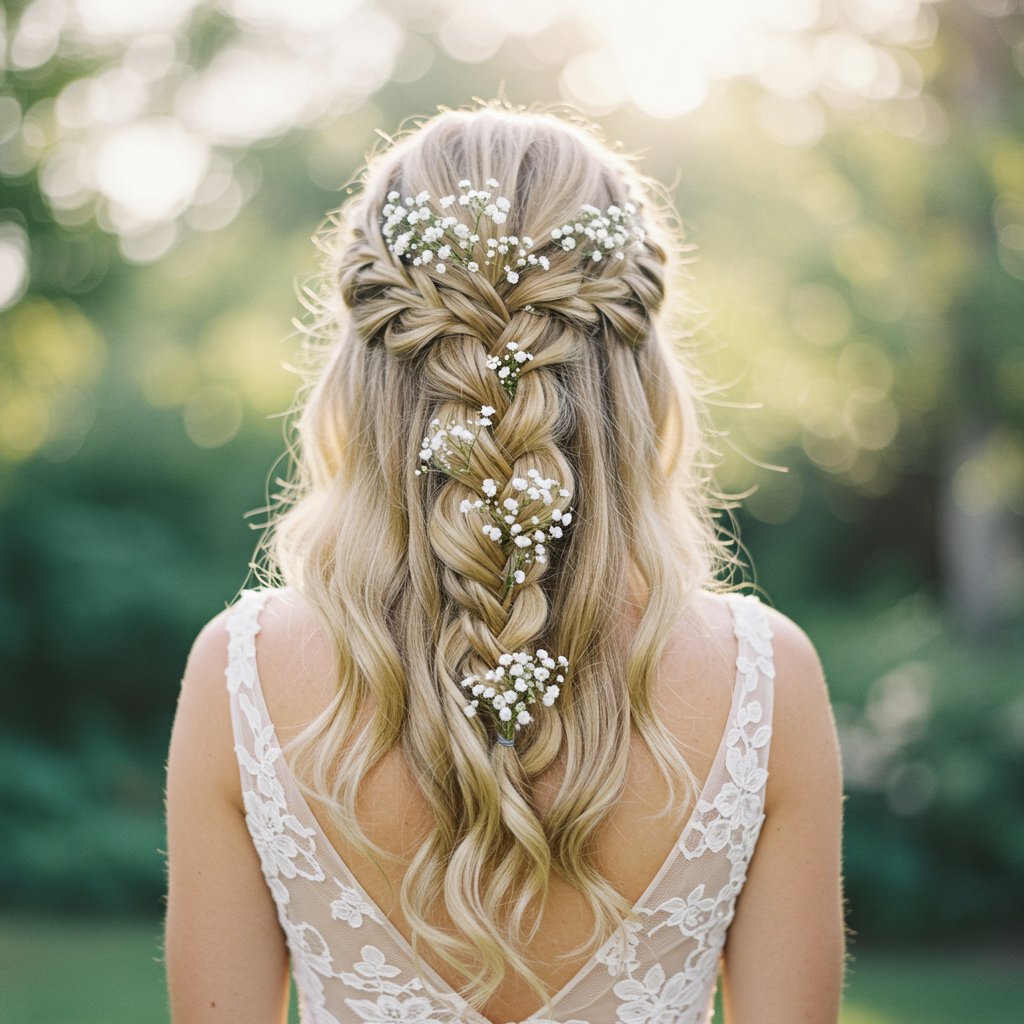
8. The Crown Braid
Also known as a halo braid, the crown braid is a single, continuous braid wrapped around the head like a diadem. It’s a regal and polished updo that keeps all hair neatly off the neck and face. A Dutch crown braid will create a more prominent, defined halo, while a French crown braid offers a softer, more integrated look. This style is perfect for showcasing an elegant neckline or statement earrings and is a stunning choice for brides or bridesmaids.9. The Waterfall Braid
The waterfall braid is a modified French braid where one of the three strands is dropped after each stitch, creating a cascading 'waterfall' effect of loose hair. It’s typically braided horizontally across the back of the head or along the hairline. This style beautifully combines the structure of a braid with the softness of loose, flowing hair. It's an incredibly romantic look that works on both straight and wavy hair, adding a touch of bohemian grace to any hairstyle.10. Milkmaid Braids
Charming and effortlessly chic, milkmaid braids are created by making two pigtail braids (either classic or fishtail) and then pinning them up and over the top of the head. The result is a simple yet beautiful updo that evokes a rustic, pastoral charm. This style is surprisingly easy to create and works well on medium to long hair. For a modern twist, leave a few face-framing tendrils loose to soften the look.Modern & Edgy Braids with a Twist
For those who prefer their hairstyles to make a bold statement, modern braids offer an edgy and contemporary alternative to classic looks. These styles play with volume, structure, and placement to create high-impact, fashion-forward aesthetics that are sure to turn heads.
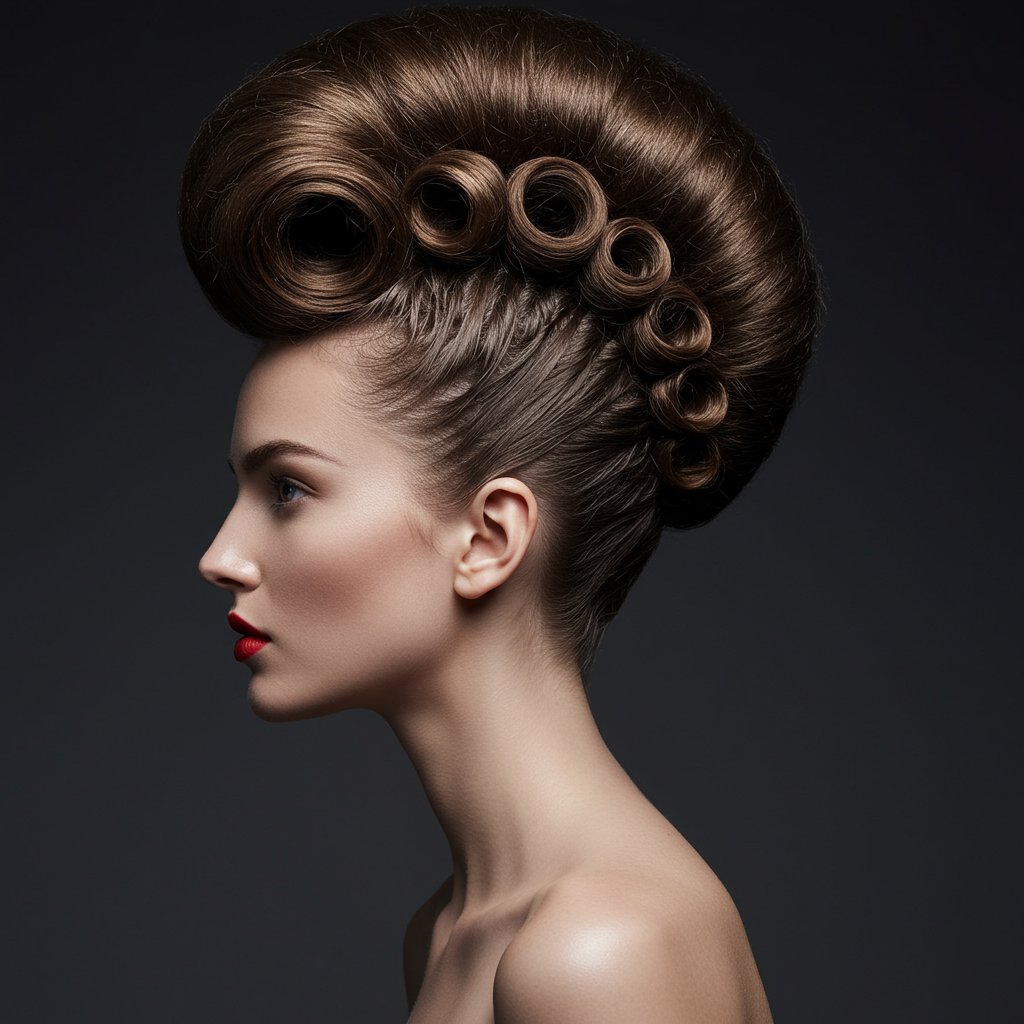
11. The Mohawk Braid
A dramatic and powerful style, the Mohawk braid (or 'faux hawk' braid) involves creating one or more large, voluminous braids down the center of the head. The sides are often slicked back tightly or even shaved for a more intense look. A Dutch braid is typically used to create the necessary height and volume. This style is a fantastic way to experiment with an edgier look without committing to a major haircut.12. The Bubble Braid
While not a traditional braid, the bubble braid achieves a similar segmented look with much less effort. It involves creating a simple ponytail and then placing hair elastics every few inches down its length. By gently pulling apart each section, you create round 'bubbles' that add incredible volume and a playful, modern feel. It’s a quick and easy way to elevate a simple ponytail.13. The Side-Swept Braid
This style combines drama with romance. All the hair is swept to one side and then woven into a single, often voluminous, braid that drapes over the shoulder. A French, Dutch, or fishtail braid can be used. This asymmetrical look is incredibly flattering and is a red-carpet favorite. Teasing the crown before braiding can add height and create a more glamorous silhouette.14. The Pull-Through Braid
Another fantastic faux braid, the pull-through braid creates the illusion of a thick, intricate plait. It's constructed from a series of ponytails stacked on top of each other, with each ponytail being pulled through the one above it. This technique is a game-changer for those with fine or thin hair, as it creates massive volume and the appearance of a much thicker braid than is possible with traditional methods.Clever Braids for Shorter Hair
Braiding isn't just for long hair! With a little creativity, those with bobs, lobs, and even pixie cuts can enjoy the beauty and practicality of braids. Shorter braided hairstyles are perfect for adding detail, managing awkward growth stages, or simply changing up your look.
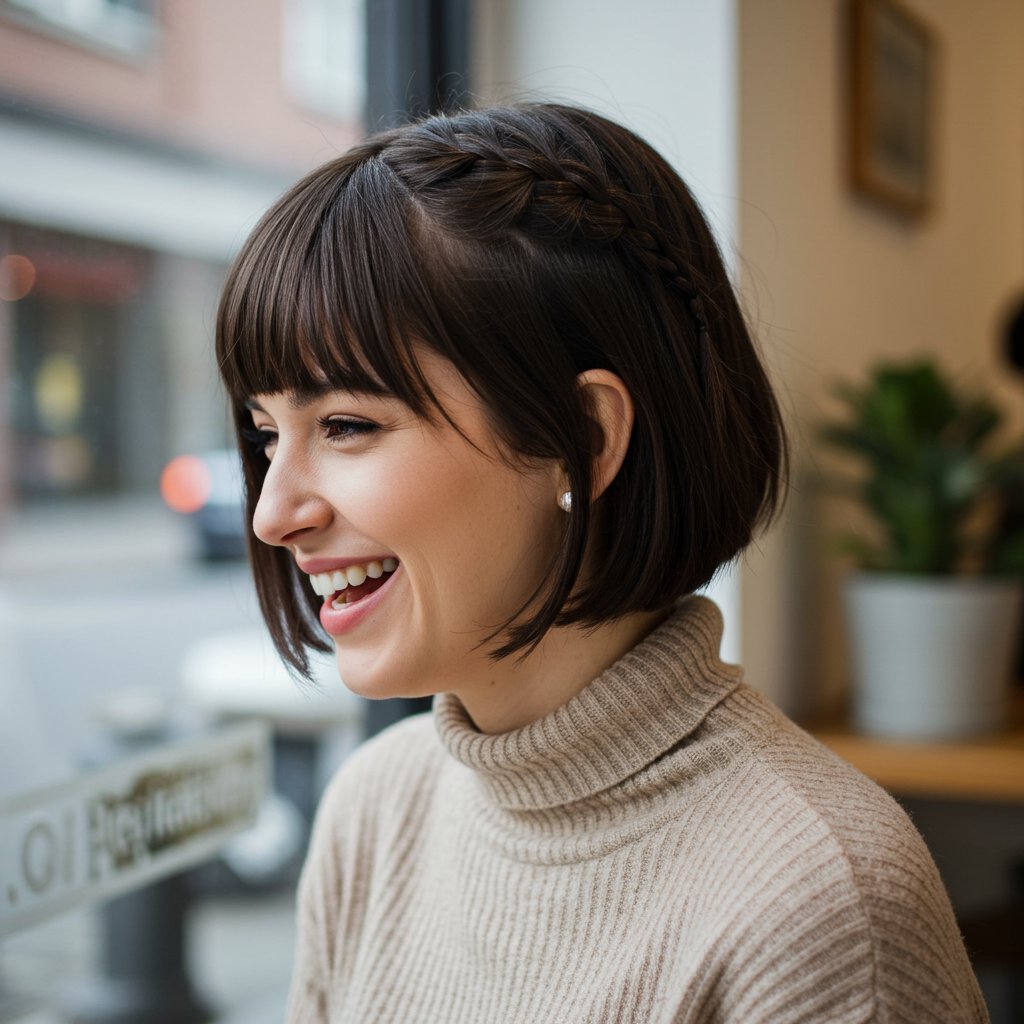
15. The Half-Up Braided Top Knot
This trendy style is perfect for shoulder-length hair. Section off the top half of your hair and create a Dutch or French braid starting from the hairline and working back. Instead of braiding to the ends, secure the braid into a small, messy top knot. It keeps hair out of your face while leaving the rest of your locks loose and flowing.16. Braided Bangs
Growing out your bangs? A small braid along the hairline is the perfect solution. A simple French or Dutch braid can be used to sweep bangs off the face and integrate them seamlessly into the rest of your hair. It’s a practical, stylish fix that adds a delicate, interesting detail to any short hairstyle.17. The Simple Side Braid
For a subtle accent on a bob or lob, a small, tight braid on one side can add an unexpected touch of edginess. Create a deep side part and craft a tiny cornrow or Dutch braid that hugs the scalp just above the ear. It’s a minimalist detail that makes a big impact.Intricate & Statement Braids
For the true braid connoisseur or those seeking a masterpiece from a professional stylist, intricate braids offer a level of artistry and complexity that is truly captivating. These styles require patience and skill but the stunning results are well worth the effort.
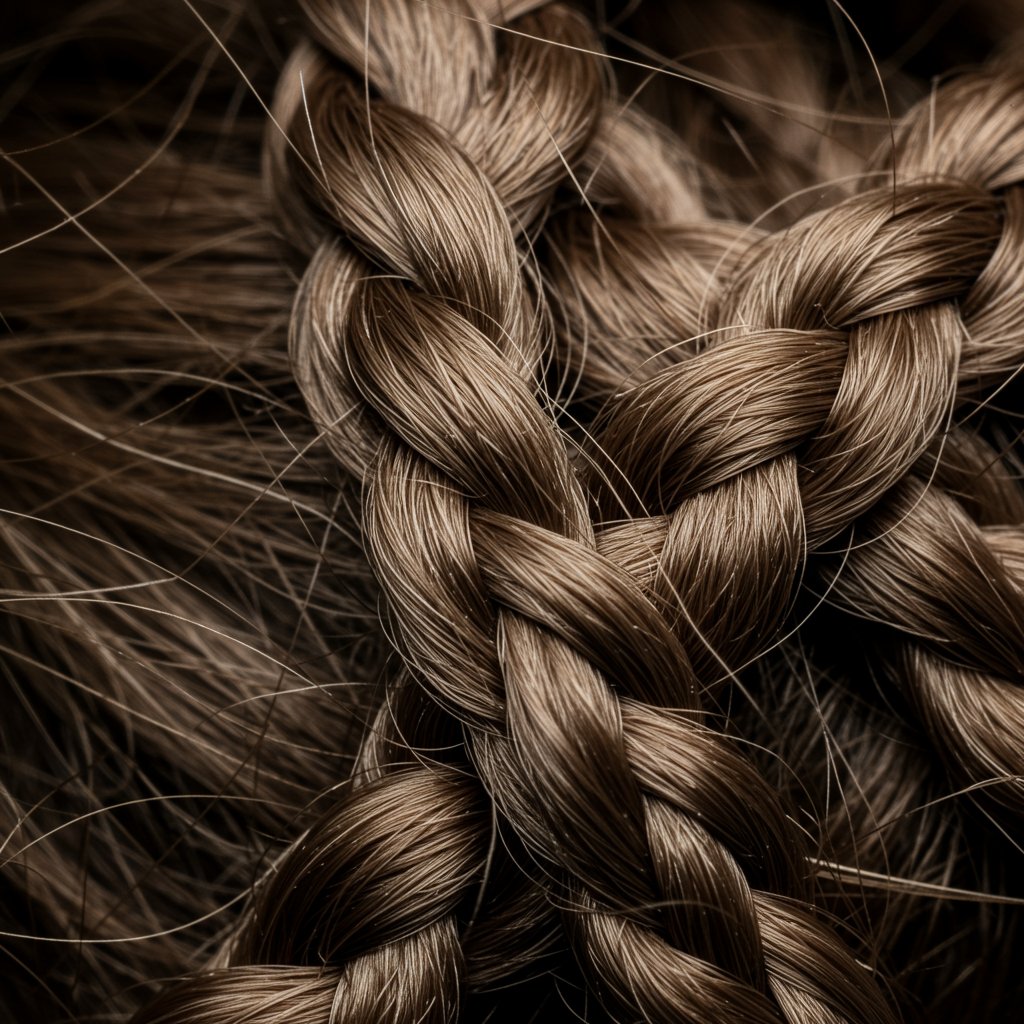
18. The Four-Strand Braid
As the name suggests, this braid uses four sections of hair instead of the traditional three. The weaving pattern is more complex, resulting in a rounded, almost rope-like braid with beautiful dimension. Incorporating a ribbon as the fourth strand can add a pop of color and make the pattern easier to follow.19. The Snake Braid
The snake braid is a small, three-strand braid where, after completion, you hold onto one strand and push the other two up towards the scalp. This creates a slithering, 'S' shaped pattern. It's typically used as an accent within a larger hairstyle, like weaving through loose waves.20. The DNA Braid
This mesmerizing braid gets its name from its resemblance to a double helix. It's a complex style that involves twisting and crossing multiple strands in a specific sequence to create a truly unique and scientific-looking pattern. It's a challenging but rewarding style that showcases incredible skill.Pro Tips for Perfect, Long-Lasting Braids
Achieving beautiful braids is one thing; making them last is another. Whether you’re getting a protective style at a salon or doing a simple braid at home, a little preparation and care can make all the difference in the longevity and health of your style.

Prep Your Hair Properly
Always start with clean, detangled, and moisturized hair. For intricate styles, blow-drying the hair straight can make parting and braiding much easier and result in a sleeker finish. For protective styles, a deep conditioning treatment beforehand will ensure your hair is well-hydrated while it's tucked away.Use the Right Products
A good styling cream or gel with some hold can help tame flyaways and create clean, crisp parts. For textured hair, using a nourishing leave-in conditioner and sealing with an oil is crucial. A light spritz of hairspray on finished classic braids can help them last all day, while a quality edge control can keep the hairline neat for styles like cornrows and box braids.Nighttime Care
To protect your braids overnight and reduce frizz, sleeping on a silk or satin pillowcase is essential. For longer-lasting styles like box braids or cornrows, wrapping your hair in a silk or satin scarf or bonnet is the best way to preserve the style and protect your edges.Frequently Asked Questions About Braided Hairstyles
1. Can braids damage my hair? Braids themselves don't damage hair, but improper technique can. Braids that are too tight can cause tension on the scalp, leading to breakage and a condition called traction alopecia. It's crucial that braids are installed gently and not worn for excessively long periods. Always listen to your scalp—if a style is painful, it's too tight.
2. How long do protective braided styles last? This depends on the style, your hair type, and your maintenance routine. Generally, styles like box braids and cornrows can last from 4 to 8 weeks. It's not recommended to leave them in longer, as natural shedding can cause tangling and matting at the root.
3. What's the difference between a Dutch braid and a French braid? The key difference is the direction of braiding. In a French braid, you cross the side strands over the middle strand. In a Dutch braid, you cross the side strands under the middle strand. This simple change makes the French braid sit flat and the Dutch braid pop up from the head.
4. How do I wash my hair with braids in? Focus on the scalp. Dilute a sulfate-free shampoo with water in an applicator bottle and apply it directly to your scalp. Gently massage with your fingertips (not nails) to cleanse. Rinse thoroughly, squeezing the braids to remove excess water. Follow up with a light, spray-on leave-in conditioner to keep the hair moisturized.
5. I have fine hair. Can I still wear braids? Absolutely! The key is to choose the right style. Pull-through braids and pancaked Dutch braids are excellent for creating the illusion of volume. Avoid very large, heavy extensions, as they can weigh down fine hair. A professional stylist can recommend the best options for your hair density.
6. What products are best for maintaining braids and scalp health? A light scalp oil (like jojoba or tea tree oil) can help soothe itching and keep the scalp moisturized. A braid spray or leave-in conditioner mist can help reduce frizz and keep the hair hydrated. Avoid heavy greases or creams that can cause product buildup.
Embrace the Power of Braids
From the simple three-strand plait to the most intricate cornrow design, braided hairstyles offer an endless world of creative expression. They are a beautiful fusion of tradition and trend, function and fashion. By exploring different styles, you can find the perfect braid to suit your hair type, protect your strands, and elevate your personal style. Don't be afraid to experiment with these 20 varied options. Whether you master a new technique at home or collaborate with an experienced stylist for a truly artistic creation, embracing the power of braids is a celebration of hair in its most versatile and beautiful form.

